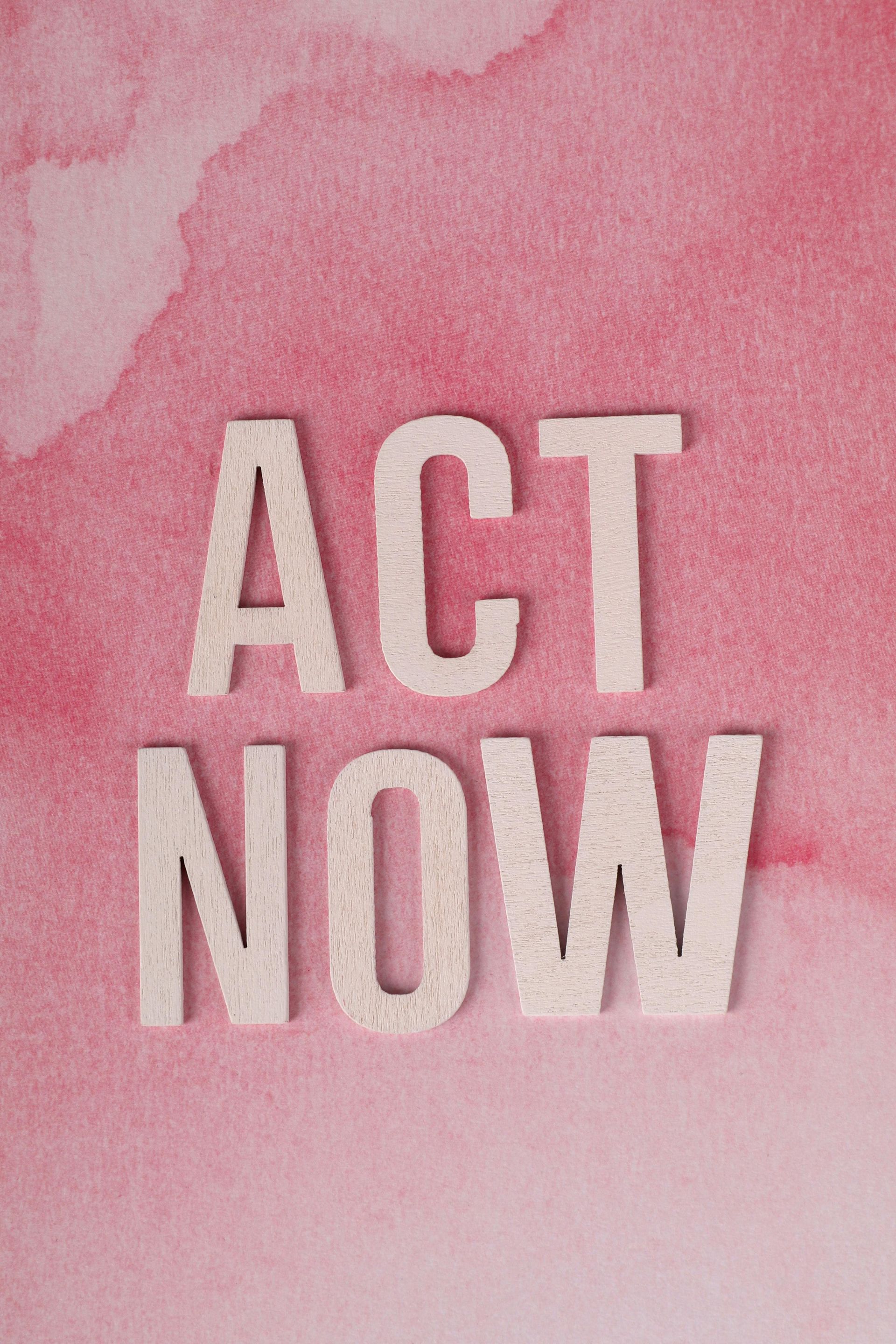by Gordon Fox: 3rd in a series

Risk is a concept we have encountered many times during our HCM journeys, and we want to help you understand it and its implications. We'll explain what risk means and how risks are estimated, and we'll discuss how to use these risk estimates in making decisions about HCM care. Though it sounds like a simple idea, risk can be complicated; we will do our best to make this series readable for all HCM patients.
The idea of risk
First, let's clarify how some numbers work, with an example of the risk for sudden cardiac arrest (SCA). Many of us would like to know the chance of this happening to us in the next five years. In an imaginary world, we could do this experiment: make many (say, 100) copies of yourself, and over the next five years, count how many have an SCA. Let's say that 3 have SCAs. Then, a good estimate of your risk is 3/100. We could express that in several other ways: for instance, as a decimal (0.03) or a percentage (3% - remember that a percent sign means "out of 100").
How do scientists estimate risk?
OK, great, but there are two problems. First, we can't make copies of you (and unless they all live exactly your life over five years, their risks might be different anyway). And second, well, this would only tell us what your risk was after five years when we want to know about the next five years!
Here's where scientists and statisticians get into the act. We can study the records of many HCM patients and ask if characteristics tend to differ between those people who have SCAs and those who don't. For example, for each group, they ask how old are they, how many of them have had ventricular tachycardia (LINK), and how thick is their septum? By doing this, we can develop a prediction: if a person has your characteristics, their risk is about (let's say) 4/100. It's not the same number as we got from our experiment in cloning you, but it isn't very different, and it may even be closer to reality.
Risk is estimated for a period of time
Let's be clear: this number estimates the chance of the harmful event (in this case, SCA) happening over the next five years. This is what healthcare workers usually mean when they talk of risk. Do notice that we named a specific period. If someone tells you, "Your risk of X (some bad thing) happening is 10%," you should
always ask, "Over what period?" They don't mean your risk of it ever happening is 10% because that is not meaningful and can't be calculated.
Risk and money
There's another way the word "risk" is sometimes used. It's similar to this but a little more complicated. Imagine that you are trying to figure out how much money you might need if you need to have a myectomy. This is often worded as how much (financial) risk you could have. A way to think of it is the chance you'll need a myectomy, times the cost of a myectomy if you do need one. If you can make plans like this, it is a perfectly good thing to do. (By the way, this combined idea of risk is exactly what most insurers and employers mean: how much money something might cost them if it happens.) But in these blog posts, we'll use the simpler approach: when we say "risk," we mean the chance that something will happen, and if we need to talk about costs, we'll do that separately.
Interpreting a risk estimate
OK, you've been told your risk of having an SCA is 4% over the next five years. Is that a lot or a little? There is no general answer to this because some of us like to do things like go bungee jumping, while others won't get near any steep place if they can avoid it. You need to decide how much risk you're willing to accept. It may help to realize that 4% over five years means another 4% (at least) over the next five years - in other words, 8% over ten years, which sounds like a much larger risk.
Incidentally, you must do more than keep adding these numbers up. Your risk over 20 years isn't twice your risk over ten years because you'll be older, and your heart and other factors will change over that time. There's a sensible reason risks like these are usually estimated only for a few years.
As we will see in a later post in this series, there is more to understand. We are confident that all our readers will be able to understand it.
Read Part 2:
Decisions in HCM: Why Are They So Hard?
HCMA Blog


 Translate
Translate
